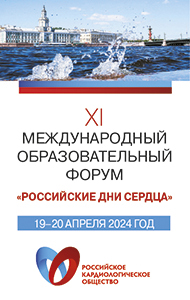Higher AMI Mortality for Off-Hour Emergency-Department Presenters
ROCHESTER, MN – Patients with an acute MI who present to the emergency department in the evening or on the weekend are more likely to die within 30 days than those who present during regular working hours, a new meta-analysis shows [1] .
In addition, acute-MI patients who present to the hospital during these "off hours" are significantly less likely to receive PCI within the recommended 90-minute window and had significantly longer door-to-balloon times.
Based on their estimates, researchers believe there is an excess of 2300 in-hospital deaths and 3800 deaths within 30 days in the US as a result of the higher off-hour mortality rates. "In other words, one in 27 in-hospital deaths, or one in 29 deaths within 30 days after admission, would be prevented if the higher mortality during off hours were resolved," write Dr Atsushi Sorita (Mayo Clinic, Rochester, MN) and colleagues January 21, 2014 in BMJ.
The meta-analysis included 48 studies with nearly two million patients, of which 36 studies reported mortality outcomes for 1 892 424 patients and 30 studies reported door-to-balloon times for 70 534 patients with ST-segment-elevation MI (STEMI).
Presenting at the emergency department with an acute MI in the evening, during the night, or over the weekend was associated with a 6% higher risk of in-hospital mortality or death at 30 days. For patients with a STEMI, those who presented during off hours had a 12% higher risk of dying in the hospital or at 30 days. For STEMI patients, those who presented outside standard hours were 60% less likely to receive PCI within 90 minutes when compared with those who presented during regular hours. The door-to-balloon time was nearly 15 minutes longer for patients who presented during off hours than for those who showed up during regular hours.
The researchers suggest the higher mortality rates "may be partially attributed to long door-to-balloon times during off hours for patients with STEMI," but further studies are needed to examine other factors that may affect the quality of care. For example, the number of staff, the expertise of the evening/night/weekend staff, and other structural or process-oriented variables can contribute to a higher rate of death in these patients.
Source: www.medscape.com


.jpg)



